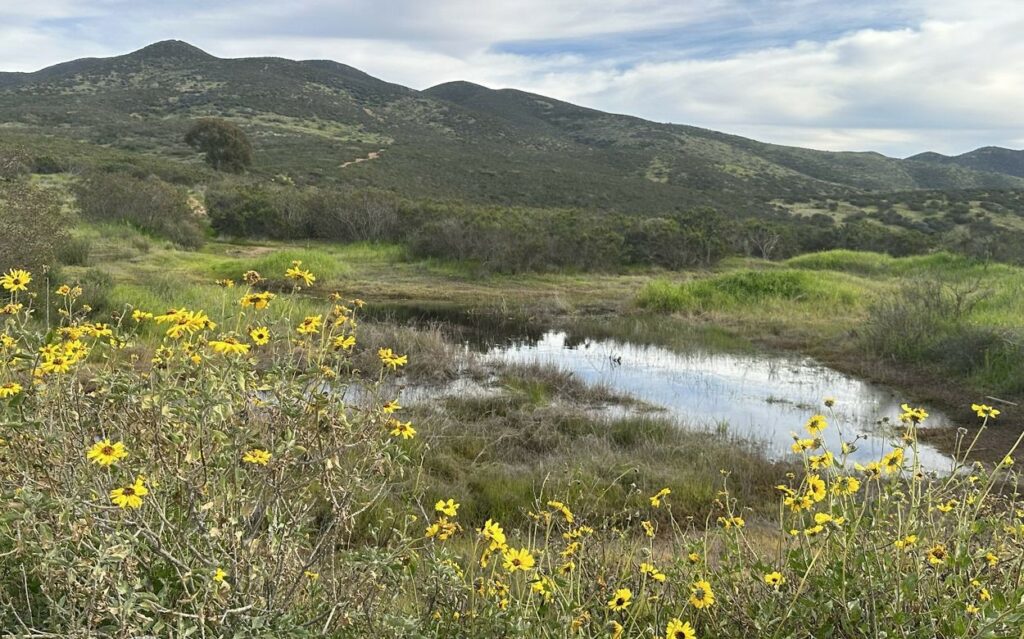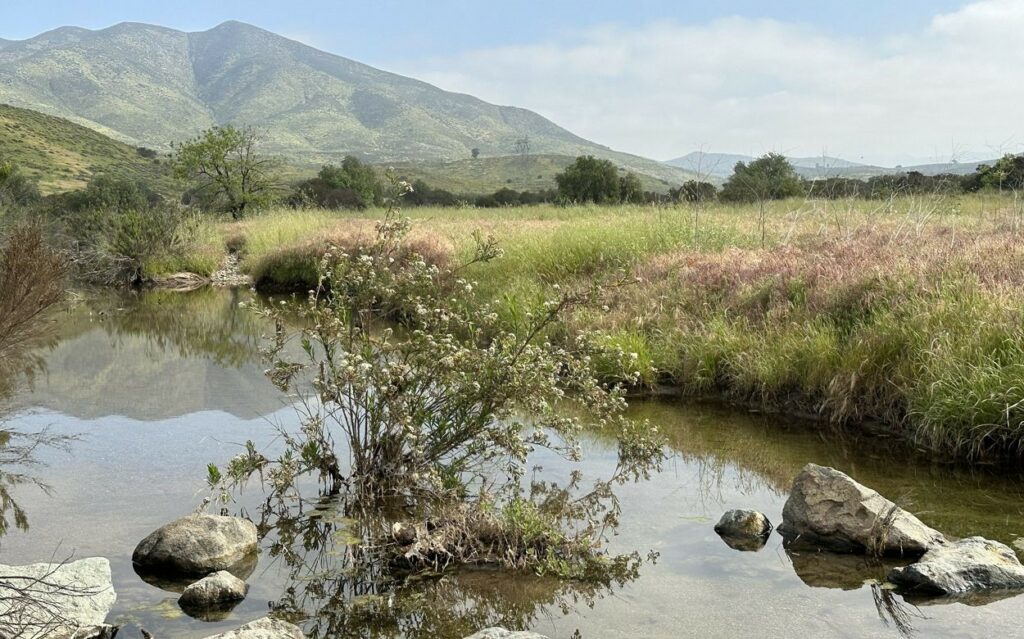Proctor Valley – Rancho Jamul Ecological Reserve Extension
This project showcases the acquisition of a nearly 1,300-acre area in Proctor Valley, a habitat for endangered species and rare biodiversity that was previously at risk of development. The purchase marks a major conservation triumph, safeguarding threatened wildlife and unique ecosystems.
About This Project
Who is proposing this project?
Lead Organization: The Nature Conservancy
Website: nature.org/en-us/about-us/where-we-work/united-states/california/
Supporting organizations:
- California Department of Fish and Wildlife (CDFW)
- California Wildlife Conservation Board (WCB)
- United States Fish and Wildlife Service (USFWS)
What is proposed?
Project Location
The property is situated within Proctor Valley in San Diego County, adjacent to the CDFW Rancho Jamul Ecological Reserve and part of the larger USFWS San Diego National Wildlife Refuge.
Why is this project on the 30×30 list?
The acquisition of the Proctor Valley property aligns with the 30×30 initiative’s objectives to conserve biodiversity, enhance climate resilience, and expand natural access for the San Diego community.
By protecting 1,291 acres of coastal sage scrub habitat, this project safeguards the habitat of rare and endangered species, supporting biodiversity. The land also connects key refuge areas, rather than splitting up natural areas with development. This crucial linkage between habitats is key to maintaining ecosystem health and resilience, allowing species to adapt to environmental changes and threats.
The project contributes to climate resilience by preserving a vast area of coastal sage scrub habitat, which acts as a natural buffer against climate change impacts. This conservation effort enhances the ecosystem’s ability to sequester carbon, regulate local climate, and provide resilience against environmental fluctuations, thereby supporting the broader landscape’s adaptation to changing climatic conditions.
Finally, integrating this land into the existing network of conserved areas enhances public access to nature, offering San Diegans more opportunities to connect with their environment.
How will this project be completed?
The Proctor Valley property faced significant legal hurdles, including litigation between the property seller and the State of California and several nonprofit organizations, such as the Sierra Club and the Endangered Habitats League. The aquisition of the Proctor Valley property was part of the settlement of the litigation.The agreement gave The Nature Conservancy and the California Department of Fish and Wildlife until January 31, 2024, to finish their preparations, gather the necessary funding, and finalize the purchase of the property. If they couldn’t raise the funds and complete the purchase by that date, the seller would have likely received permission, based on the settlement or the outcome of the legal battle, to go ahead with developing the property.
The successful acquisition of the property was a result of collaborative efforts by TNC and CDFW, supported by various public and private funding sources. This included significant financial contributions from the Wildlife Conservation Board, the U.S. Fish and Wildlife Service, TNC, and additional public funds.




